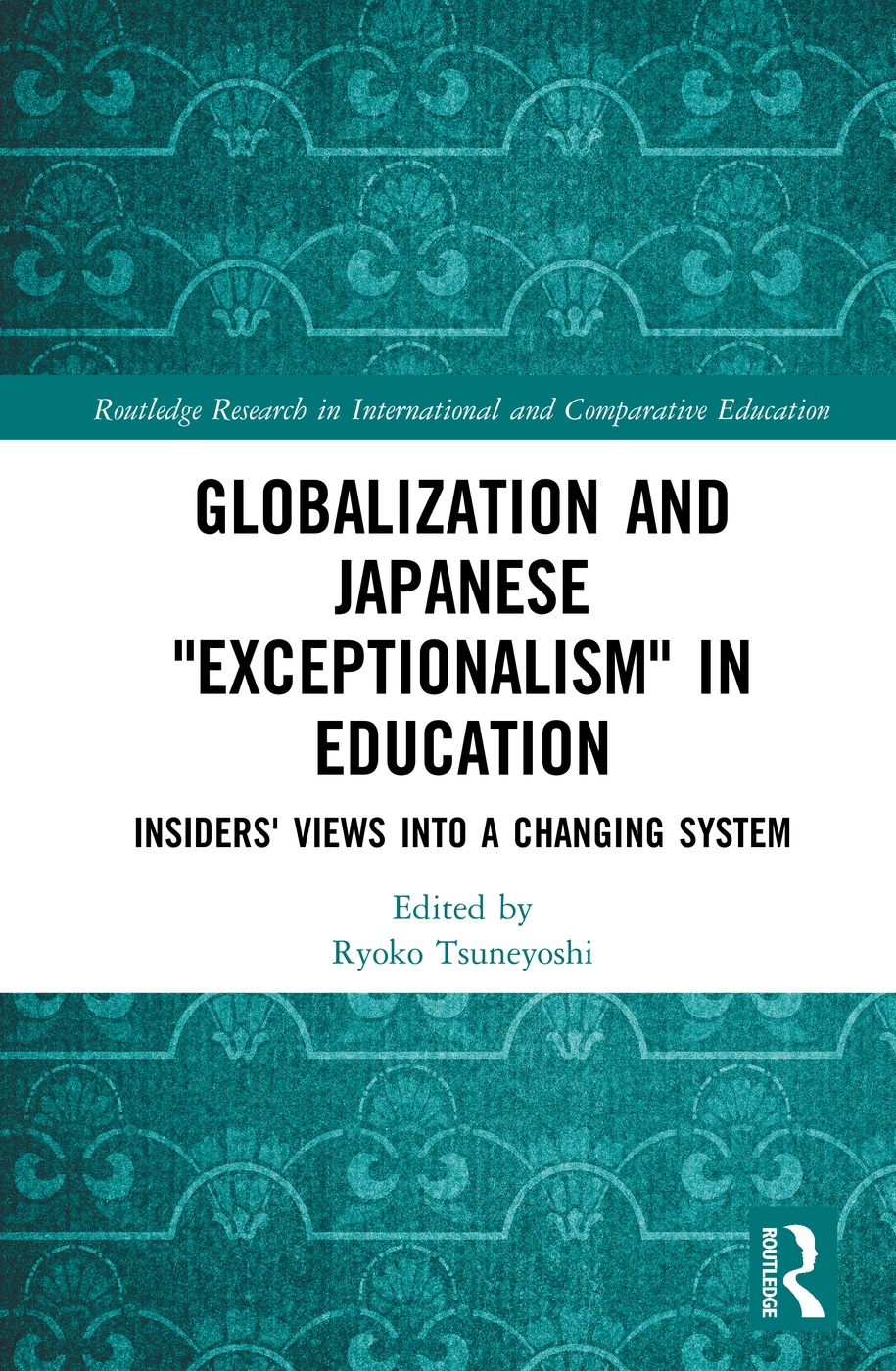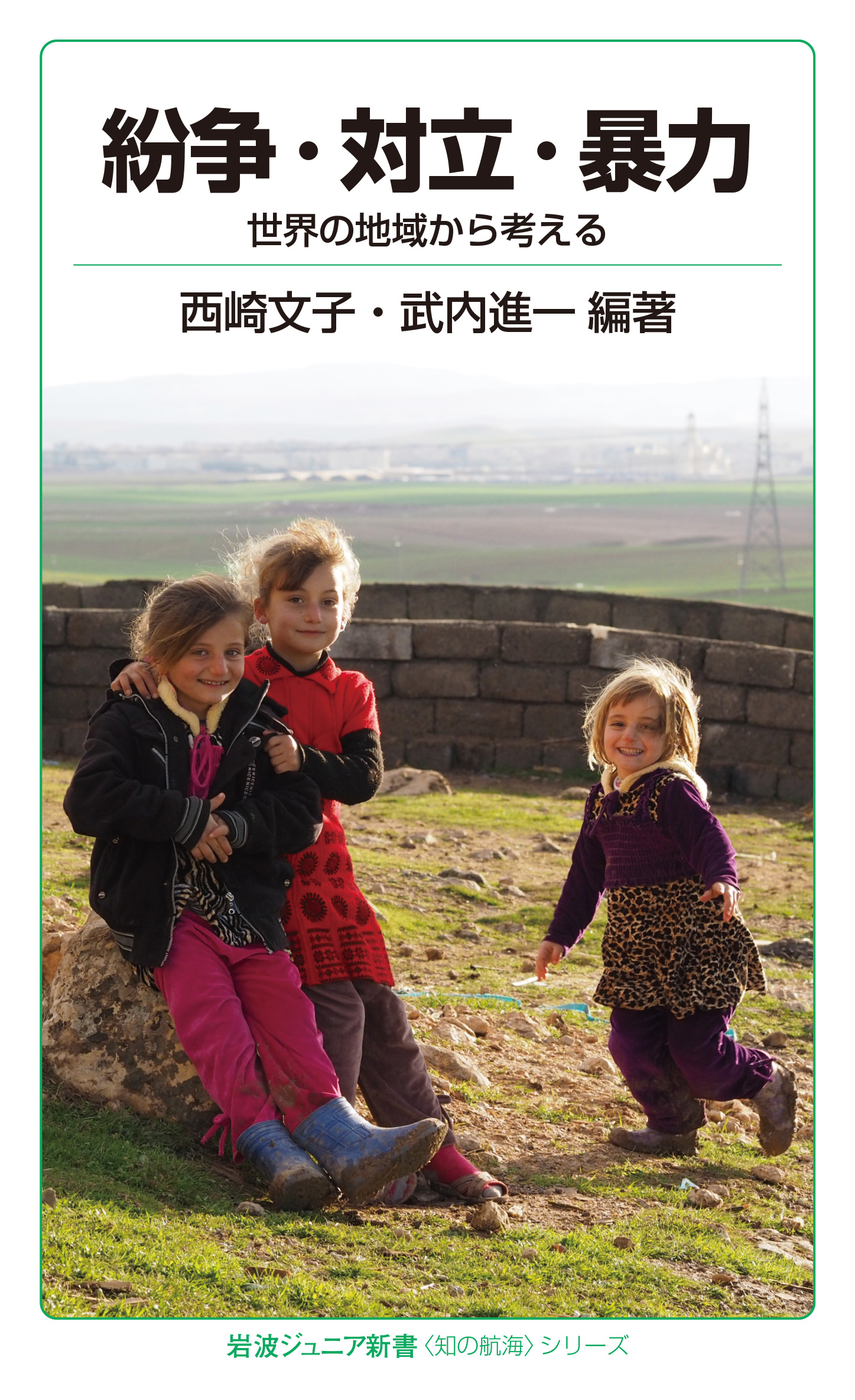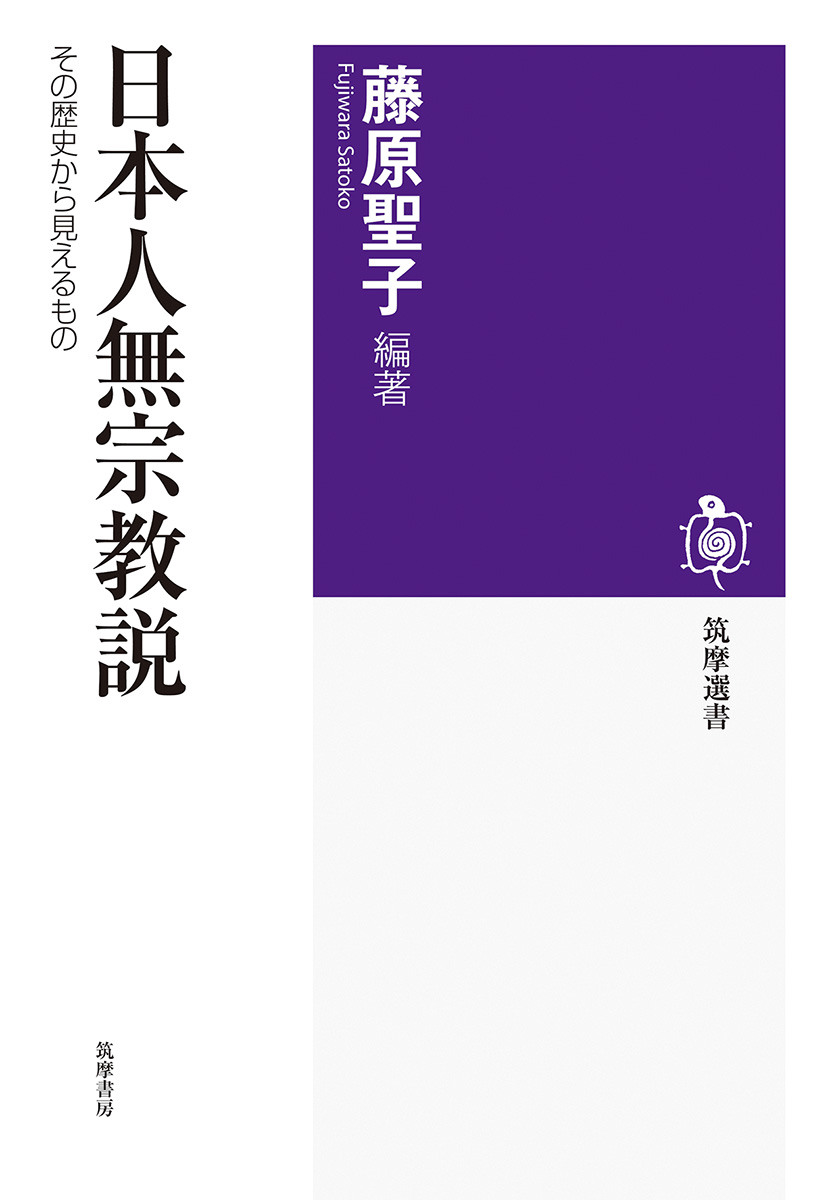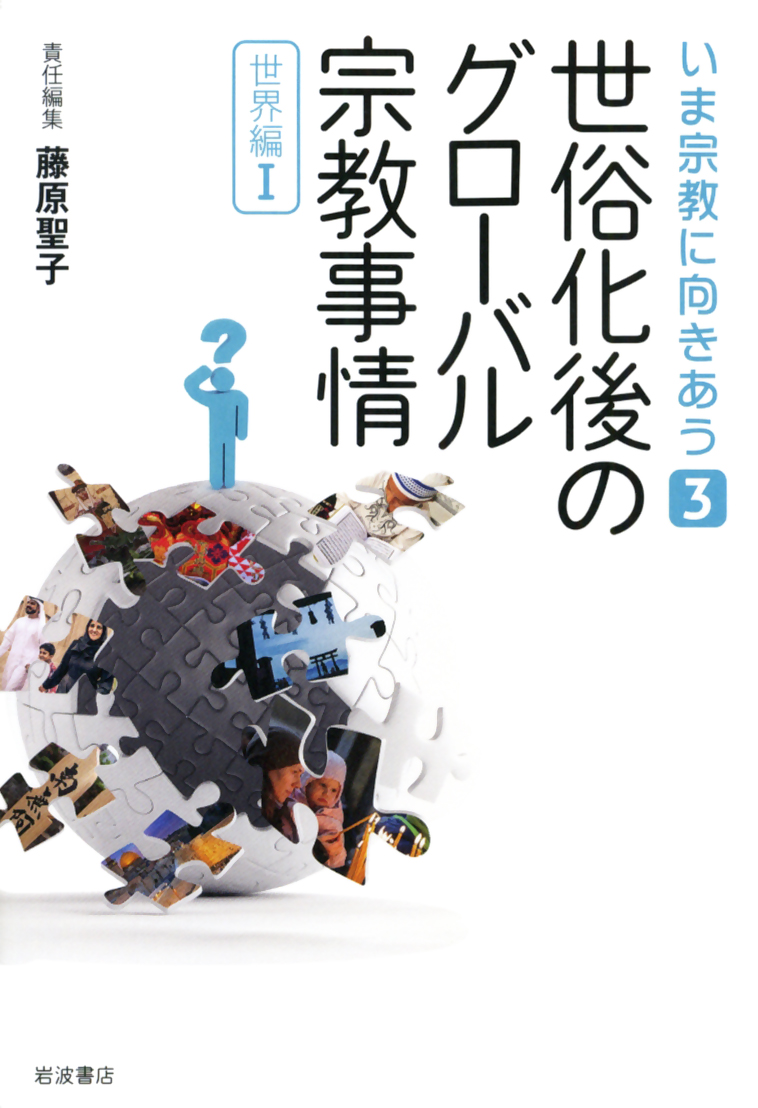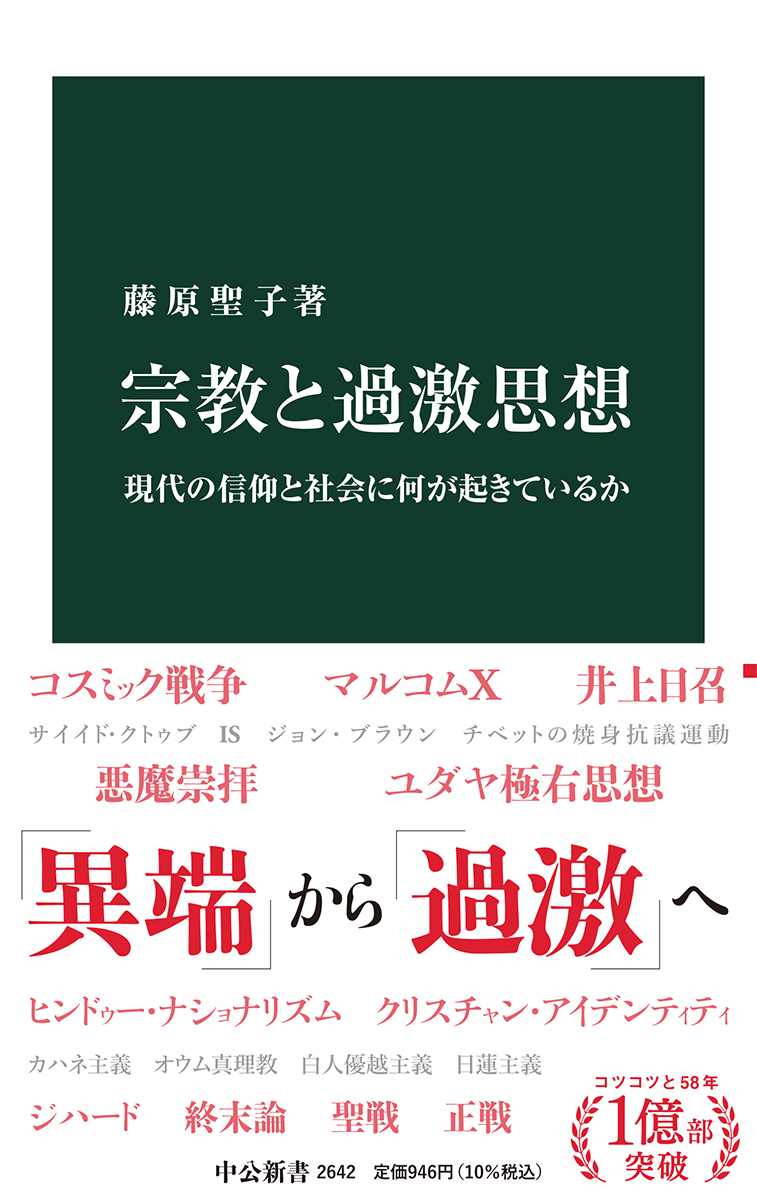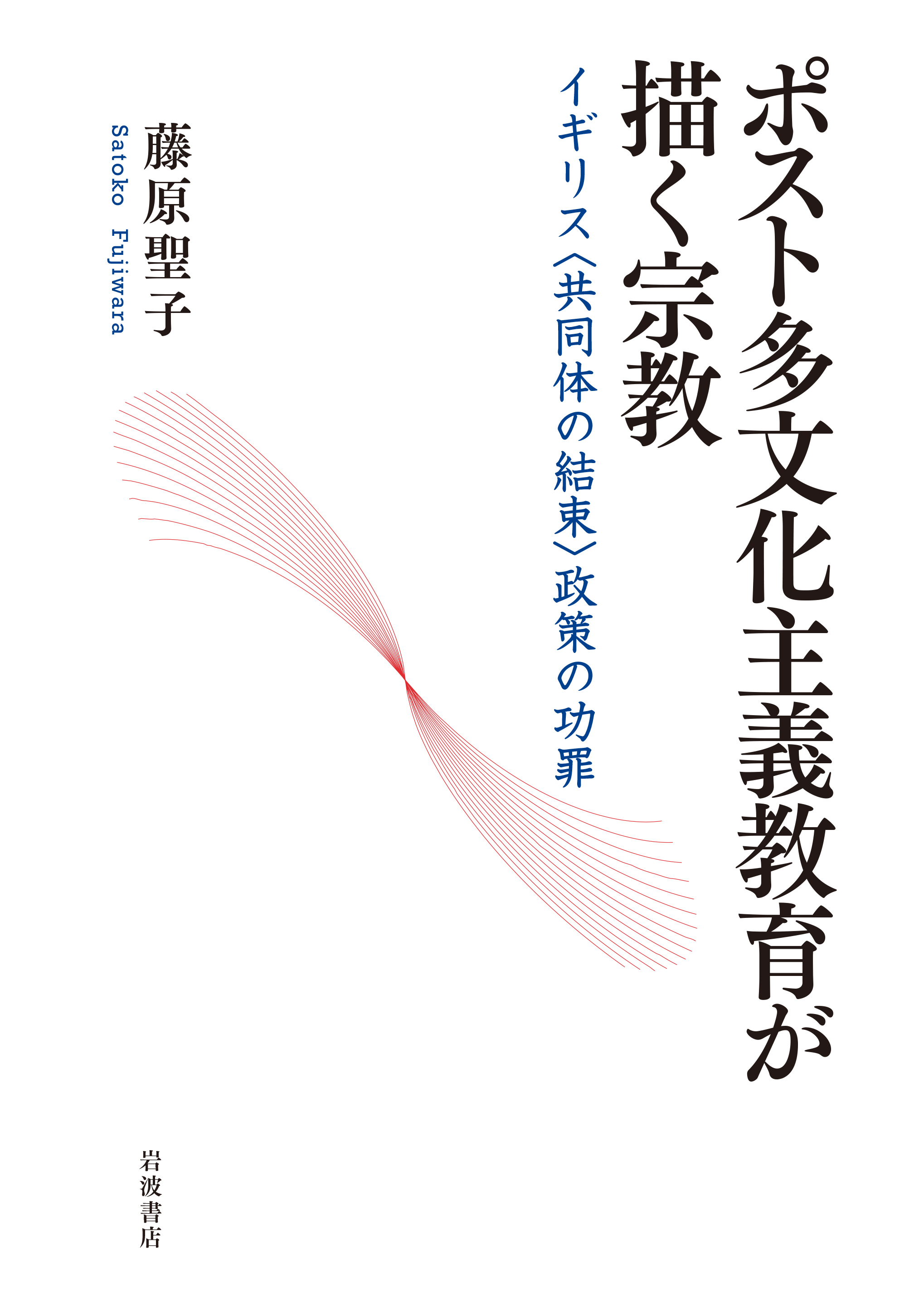
Title
Post Tabunkasyugikyoiku ga egaku Syukyo (A Critical Reflection on the “Communitarian Turn” in Religious Education: How the Call for Community Cohesion Has Affected Textbooks in England)
Size
304 pages, A5 format, hardcover
Language
Japanese
Released
March 23, 2017
ISBN
978-4-00-024795-5
Published by
Iwanami Shoten.
Book Info
See Book Availability at Library
Japanese Page
In 2007, the UK government issued guidelines declaring that schools had a duty to promote “community cohesion.” Since then, religious education (RE) in England has been explicitly oriented toward fulfilling that duty. RE textbooks have begun to include more group activities that simulate community services as well as more classroom discussions that simulate public debates on controversial issues. In addition, they have increased references to the public aspects of religions and to religions serving the public good. This trend can be called “communitarian” or “post-secular” and has concurred with “religion in the public sphere” discussions within the study of religion as well as with the development of citizenship education.
I first took an interest in RE in England 10 years ago, at which time I discovered how different RE textbooks in England were from Japanese textbooks. In Japan, there is no independent subject for RE in public schools, and civic studies subjects are expected to offer education about religions for every student. However, Japanese civic studies textbooks only present religions in a static, essentialist manner, and they focus solely on the aspects of religions that match certain values to promote through education. For example, they state that Christianity teaches love for others and that Buddhism teaches care for the environment. I have argued that such Japanese textbooks have virtually established a “civil religion” of their own, which does not exist in the real world. In contrast, RE textbooks used in England show numerous living religions. In particular, Robert Jackson has developed an interpretive approach for RE, and he and his research group at Warwick University created a series of impressive textbooks based on ethnographic fieldwork in the 1990s.
Accordingly, when I noticed the communitarian turn taking place in English RE, I felt uneasy. The goal of community cohesion has clearly been introduced because British society has been suffering from interracial/ethnic conflicts, riots, and terrorist attacks despite the development of multicultural education since the 1980s. While, admittedly, public education should promote the ideal of peaceful coexistence, the ethnographic accuracy pursued by the Warwick group and others might be compromised by communitarian values.
I examined around 30 RE textbooks published in England since 2010, 50 textbooks published between 2000 and 2009, and 50 textbooks published before 2000. All of the textbooks are for pupils aged 11-14 and are designed to be used in multi-faith, non-confessional, integrative RE classes. My method was qualitative, reviewing the textbooks in order to determine in what ways the call to promote “community cohesion” has affected RE textbooks.
My key findings can be summarized as:
--A clear shift from the multicultural (or ethnographic) paradigm of the 1990s to the communitarian paradigm of the 2010s can be seen in the use of basic words such as “symbols.”
--There is an overemphasis on the public service or benefit aspects of religions.
--There is excessive interference in other people’s faiths.
--Members of all religions are described as if they were “fundamentalists” (ironically, education that is aimed at stopping religious radicalism is actually describing people of faith as quasi-fundamentalists).
(Written by FUJIWARA Satoko, Professor, Graduate School of Humanities and Sociology / 2018)



 Find a book
Find a book



